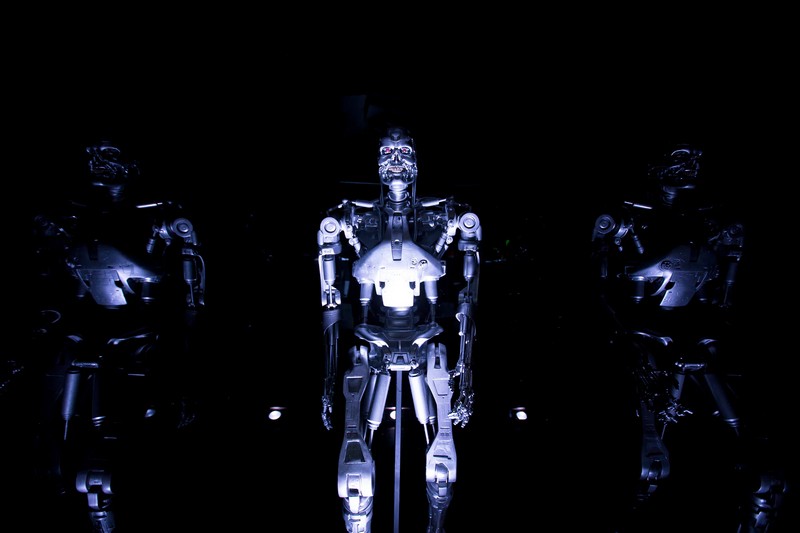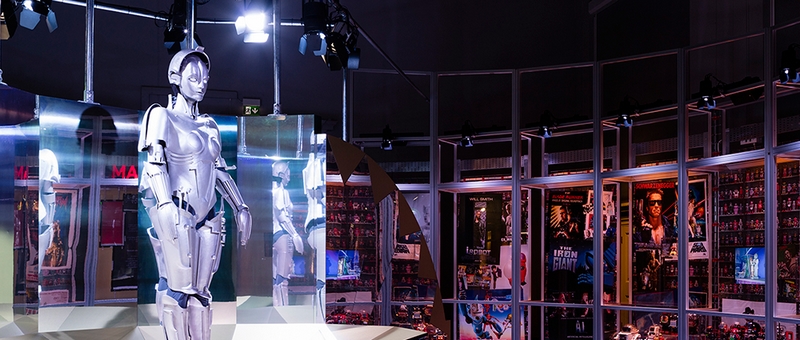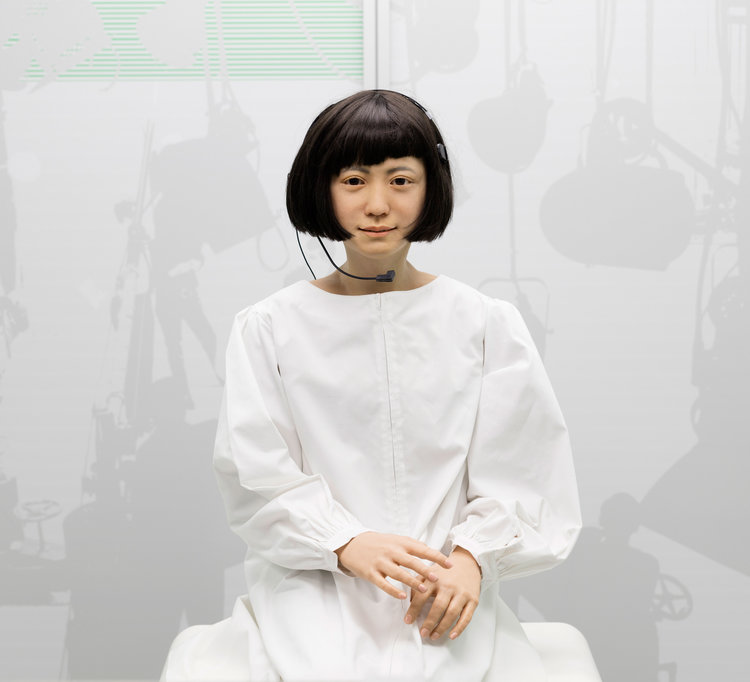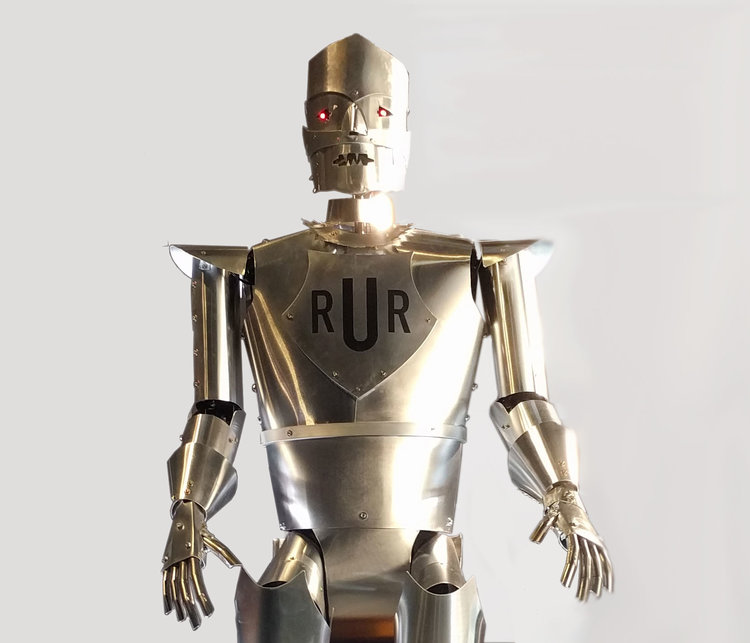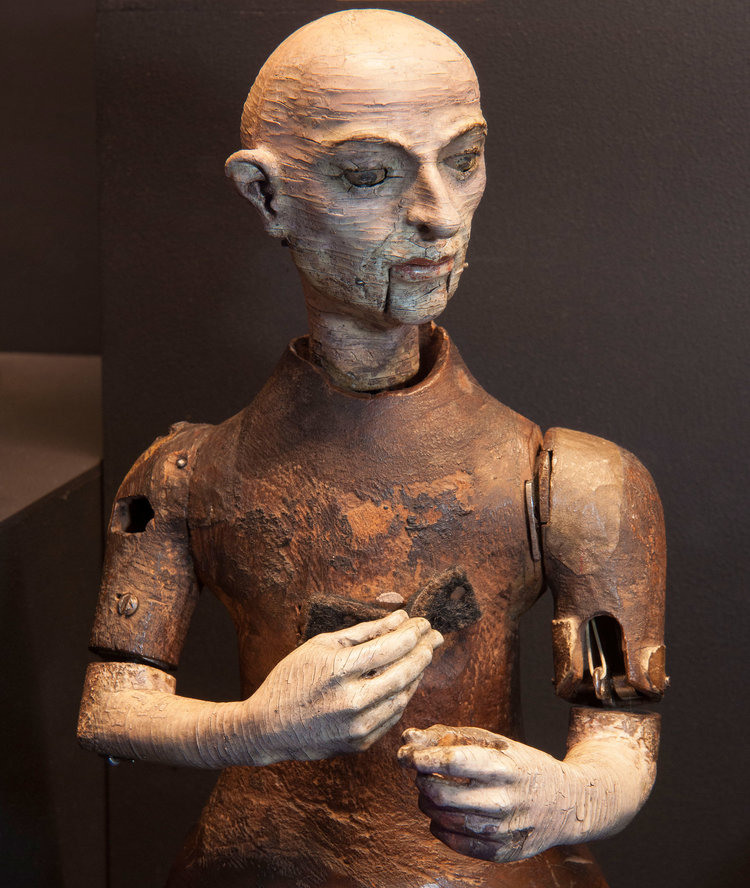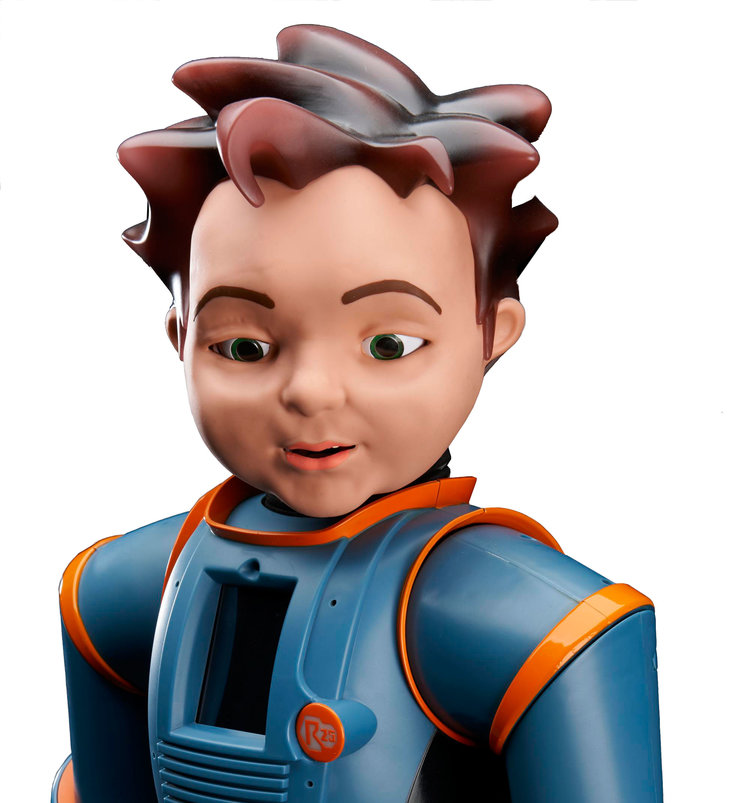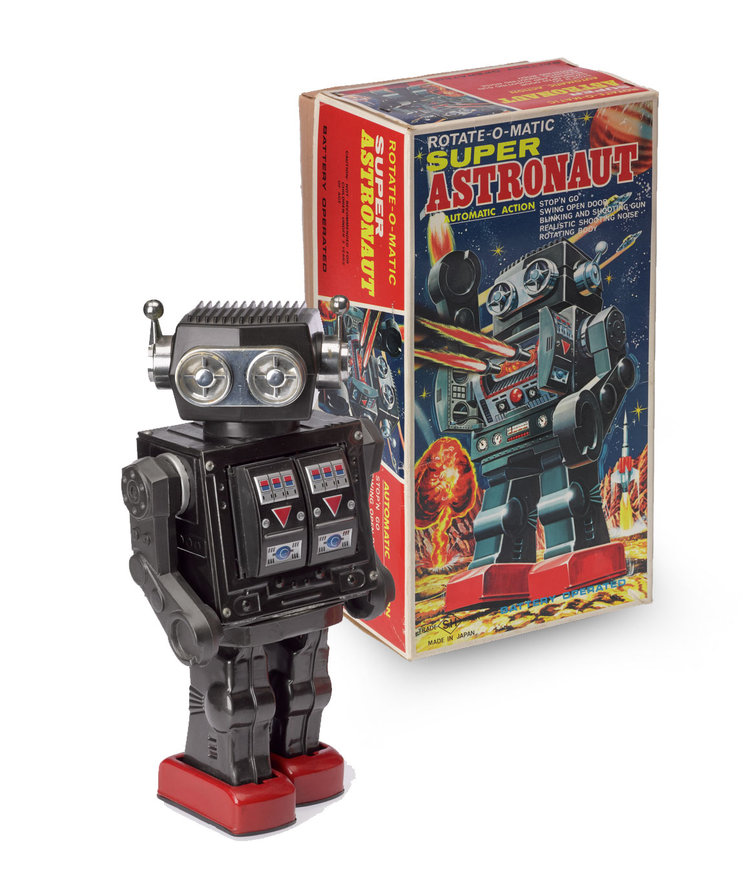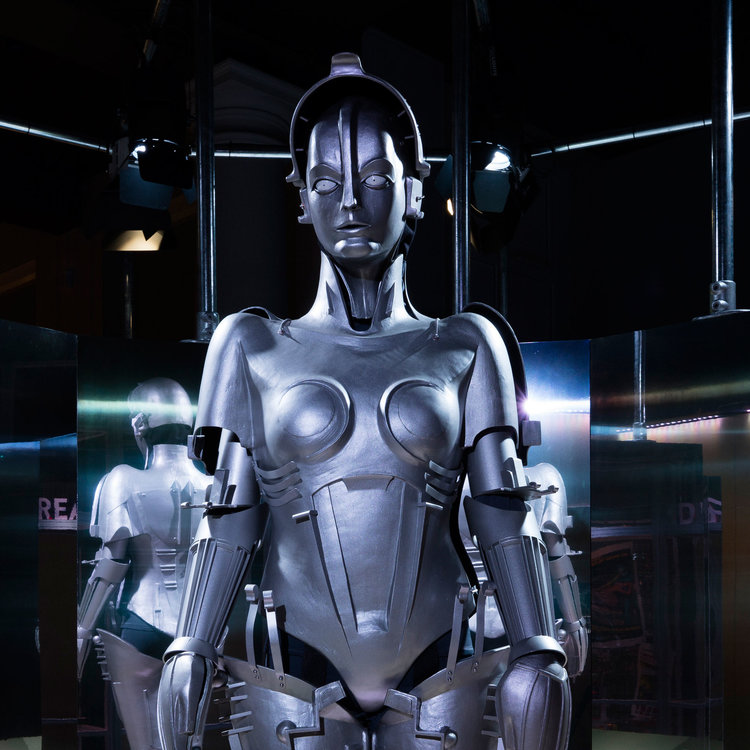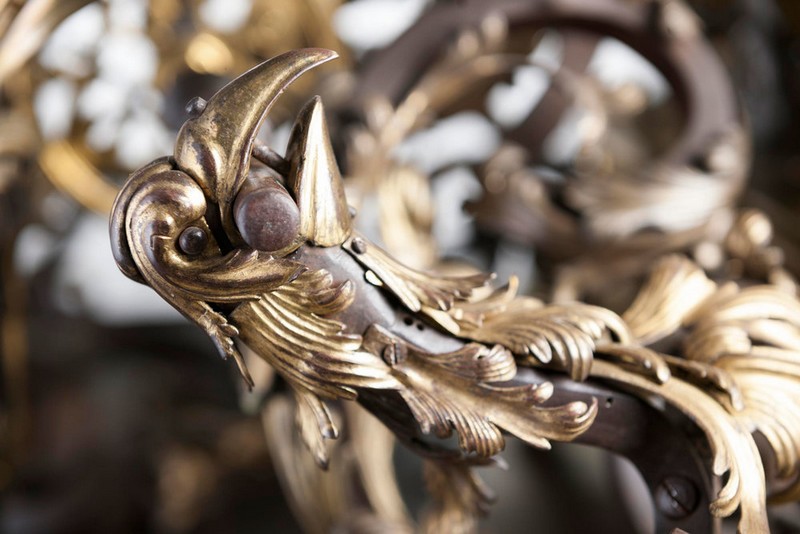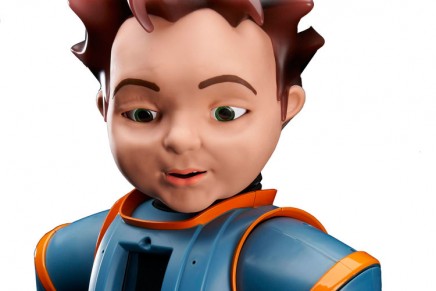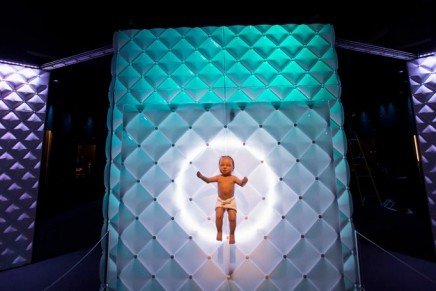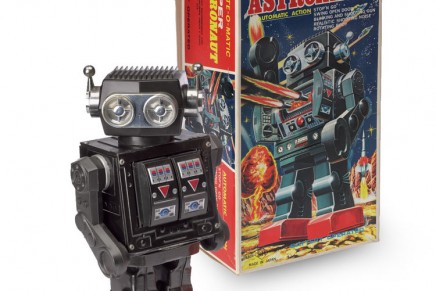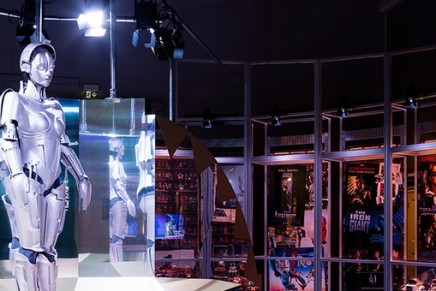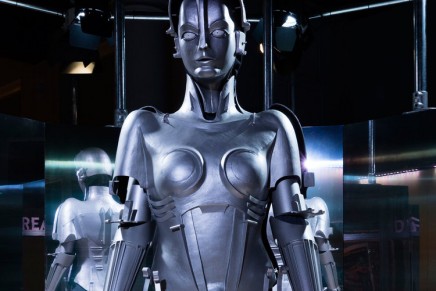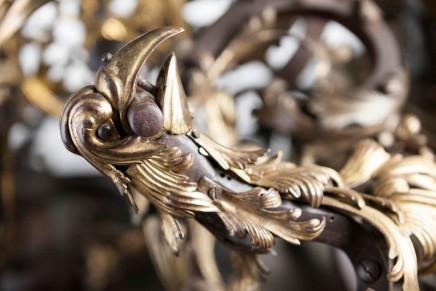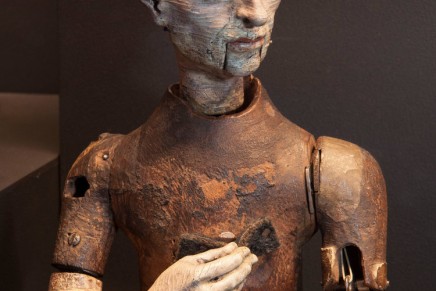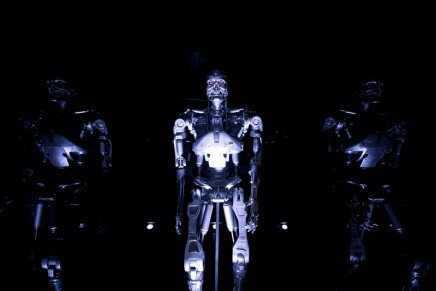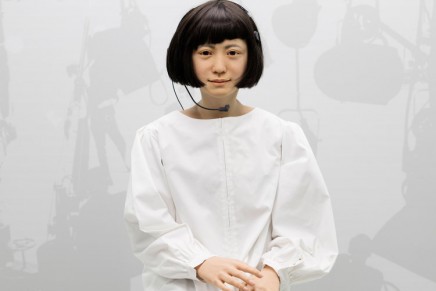How long ago do you think the first robot was made? 20 years ago? 50? 100? In actual fact the history of robots stretches back at least 500 years.
Robots: 500 Years in the Making, the new exhibition at Science Museum London, takes you on an incredible journey spanning five centuries, illustrated with robotic artefacts from around the globe from a 16th century mechanised monk to some of film’s most iconic robotic creations and the very latest humanoids.
This intriguing exhibition features a unique collection of over 100 robots, from a 16th-century mechanical monk to robots from science fiction and modern-day research labs. Set in five different times, Robots explores how religious belief, the industrial revolution, popular culture and dreams about the future have all shaped society through the incredible robots on display.
Recent developments from robotics research are also on show, with visitors able to explore how and, more importantly, why roboticists are building robots that resemble us and interact in human-like ways. The exhibition encourages you to imagine what a shared future with robots would be like, with visitors able to see the latest humanoid robots in action.
Visitors can watch as 16 mechanical forms spring to life and even interact with some of the robots on display. Inhka, once a receptionist at King’s College London, will be answering questions and offering fashion advice, Zeno R25 replicates visitor’s facial expressions and ROSA will move its camera ‘eye’ and head to watch visitors as they move. Every twenty minutes Kodomoroid, the most life-like android of its time, reads robot-related news bulletins, RoboThespian does vocal exercises and gives a theatrical performance and Nao, the most widely used humanoid robot in the world, stands (or sits if tired) to tell a story exploring how robots make decisions.
Ian Blatchford, Director of the Science Museum Group said: ‘Visitors to Robots will see the greatest collection of humanoids ever assembled. This stunning exhibition explores the fascinating question of why, rather than how, we build robots. To look through the eyes of those who built, commissioned or gazed upon these mesmerising mechanical creations over the past 500 years, reveals so much about humanity’s hopes, fears, dreams and delusions.’
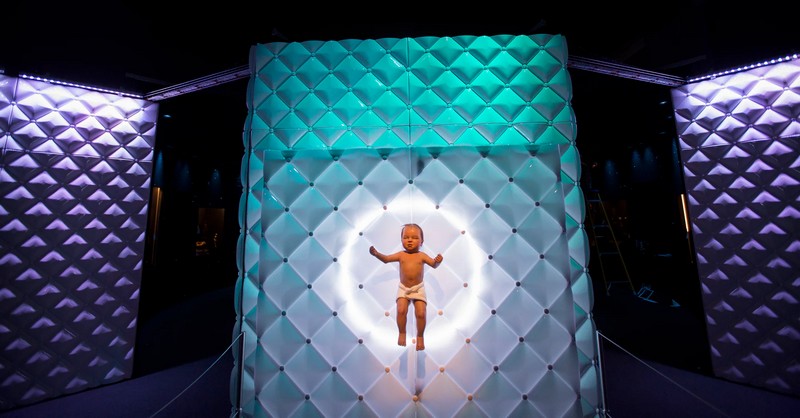
The first robot visitors to the exhibition will encounter is an incredibly life-like mechanical human baby, recently acquired for the Museum’s new robotics collection. Usually made for use on film sets, this baby has no intelligence, making only pre-programmed movements (sneezing, breathing and moving its arms and legs) yet many visitors will feel strong emotions towards it.
Ben Russell, lead curator of Robots, said: ‘Coming face to face with a mechanical human has always been a disconcerting experience. Over the centuries, each generation has experienced this afresh as new waves of technology heralded its own curiosity-inducing robots. That sense of unease, of something you cannot quite put your finger on, goes to the heart of our long relationship with robots.’
“Robots” have been at the heart of popular culture since the word ‘robot’ was first used in 1920. In the exhibition, visitors will come face-to-face with Eric, a modern recreation of the UK’s first robot, as well as Cygan, a 1950s robot with a glamorous past, and a T800 Terminator used in the film Terminator Salvation. The challenges of recreating human abilities, such as walking, in mechanical form is also explored, with visitors able to study the intricate mechanisms of the Bipedal Walker – rescued by curator Ben Russell from a forgotten basement cupboard – and Honda’s P2, two of the first robots in the world to walk like humans.
Robots is open daily until 3 September 2017.
